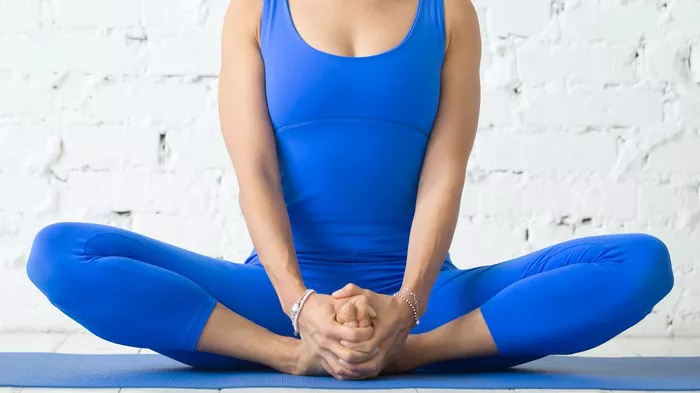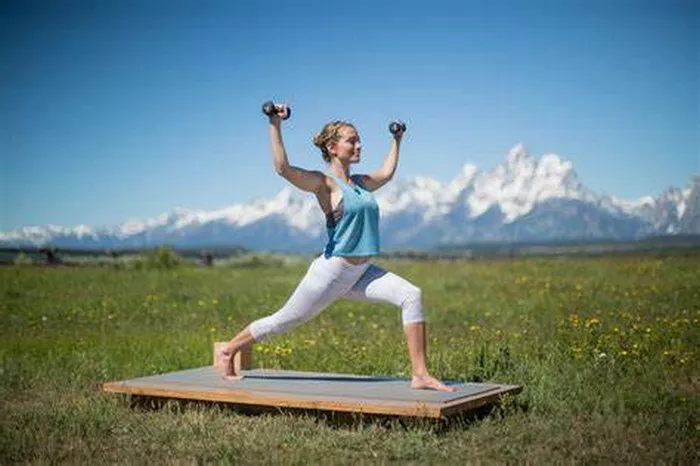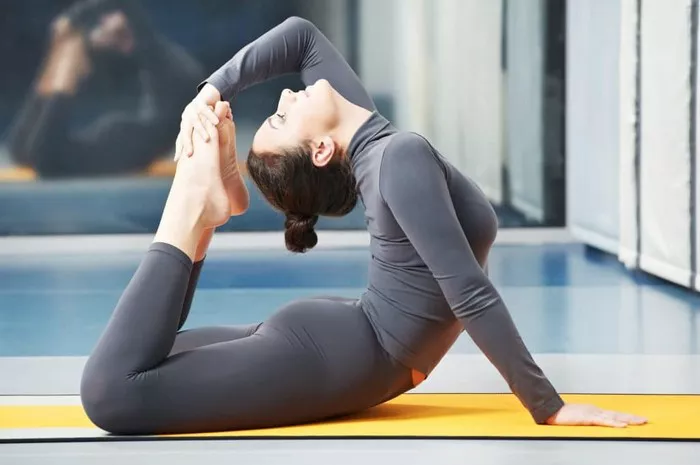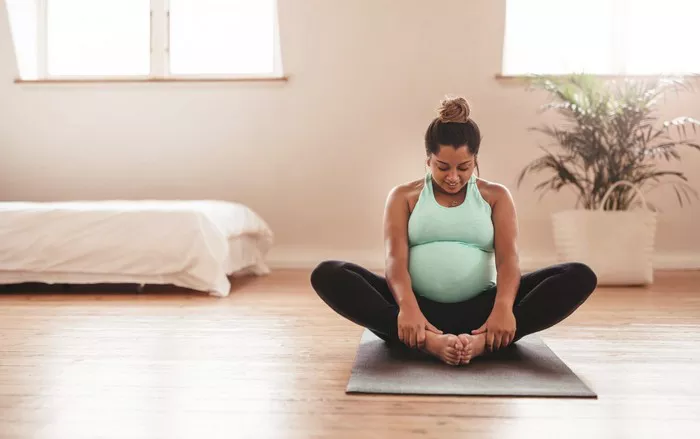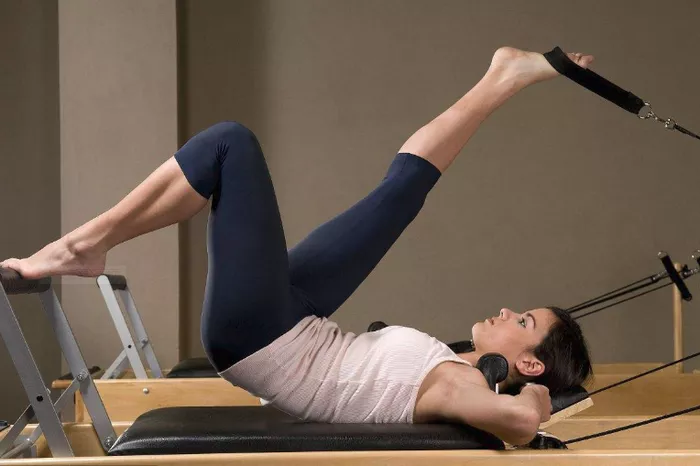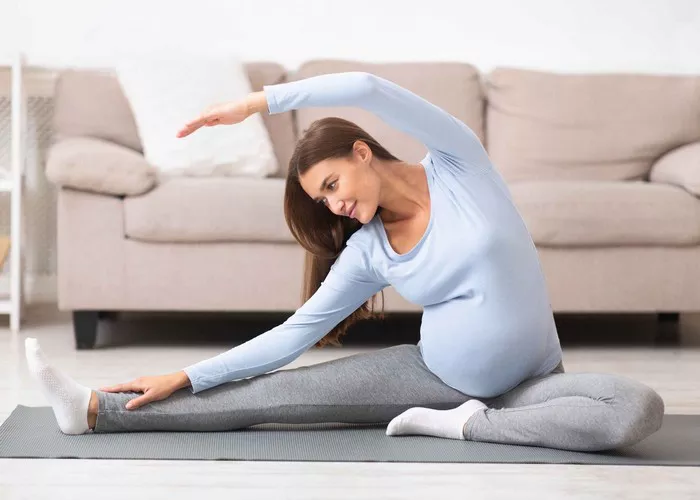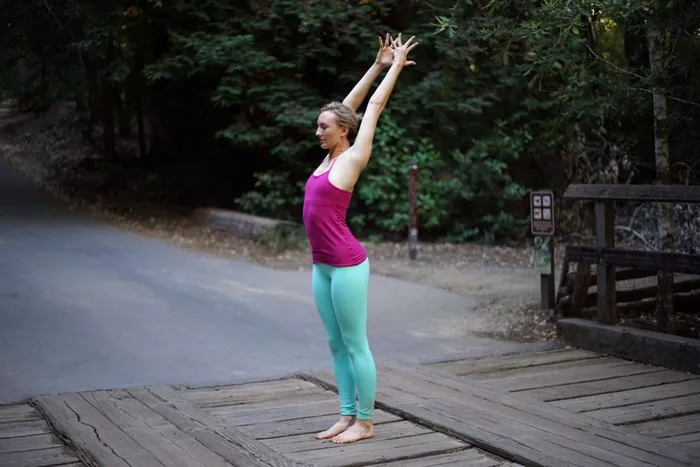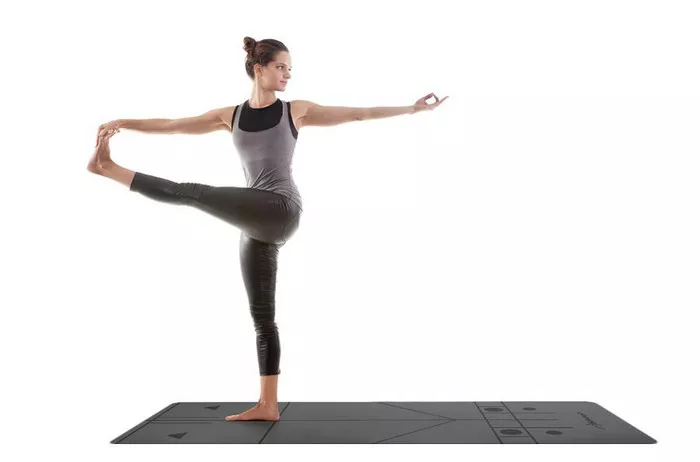The Bound Angle Pose, also known as Baddha Konasana, carries a rich history, profound symbolism, and a multitude of physical and mental benefits. In this comprehensive guide, we delve into the depths of this pose, exploring its origins, significance, variations, instructions, and precautions.
Origins and Symbolism
Rooted in centuries-old yogic tradition, the Bound Angle Pose finds its origins in the ancient texts of Hatha Yoga. The term “Baddha Konasana” is derived from Sanskrit, where “Baddha” means bound, “Kona” refers to angle, and “Asana” signifies posture or pose. This pose holds significance beyond its physical form, embodying a harmonious union of body, mind, and spirit.
Symbolically, Baddha Konasana represents the awakening of the sacral chakra, known as Svadhisthana, which governs creativity, sensuality, and emotional balance. By opening the hips and groin, this pose stimulates the flow of energy in the pelvic region, fostering a sense of vitality and vitality.
Physical and Mental Benefits
The Bound Angle Pose offers a plethora of benefits that extend beyond the physical realm, promoting holistic well-being:
1. Hip Flexibility: Baddha Konasana stretches the inner thighs, groins, and knees, enhancing flexibility in the hip joints and alleviating tension accumulated from prolonged sitting or physical activity.
2. Stimulates Abdominal Organs: The gentle compression applied to the abdominal region stimulates the digestive organs, promoting healthy digestion and alleviating discomfort associated with bloating or indigestion.
3. Relieves Menstrual Discomfort: Practicing this pose can provide relief from menstrual discomfort by opening the pelvic area and alleviating tension in the lower abdomen.
4. Calms the Mind: As a grounding pose, Baddha Konasana induces a sense of tranquility and relaxation, calming the mind and reducing stress and anxiety.
5. Preparation for Childbirth: The gentle stretching of the pelvic floor muscles and hip joints prepares the body for childbirth, making it an ideal pose for expectant mothers.
Variations and Modifications
While the traditional Bound Angle Pose is accessible to practitioners of all levels, variations and modifications can be incorporated to cater to individual needs and abilities:
1. Supported Bound Angle Pose: Using props such as bolsters or blankets under the knees provides added support and alleviates strain on the hips and lower back.
2. Dynamic Bound Angle Pose: Incorporating gentle movement by flapping the knees like butterfly wings enhances the release of tension in the hips and groin, promoting a deeper stretch.
3. Reclining Bound Angle Pose: Reclining on the back with the soles of the feet together and knees apart offers a more passive variation of the pose, allowing for a deeper relaxation and opening of the hips.
4. Chair Bound Angle Pose: Sitting on a chair with the feet together and knees apart provides a modified version of the pose for individuals with limited mobility or hip flexibility.
5. Wall Bound Angle Pose: Practicing against a wall provides support and stability, allowing practitioners to focus on alignment and relaxation without strain.
Step-by-Step Instructions
Follow these step-by-step instructions to practice the Bound Angle Pose with mindfulness and intention:
- Begin in a seated position on the mat with legs extended in front of you.
- Bend the knees and bring the soles of the feet together, allowing the knees to fall open to the sides.
- Interlace the fingers around the toes or ankles, gently drawing the heels towards the pelvis.
- Lengthen the spine and engage the core muscles, lifting through the crown of the head.
- Press the outer edges of the feet together firmly while keeping the inner arches lifted.
- Optionally, hinge forward from the hips, leading with the chest while keeping the spine long.
- Maintain steady breathing, focusing on the expansion and relaxation of the pelvic area with each inhale and exhale.
- Hold the pose for 30 seconds to 1 minute, gradually increasing the duration with practice.
- To release, gently straighten the legs and extend them forward, shaking out the hips if needed.
Precautions and Contraindications
While the Bound Angle Pose offers numerous benefits, it is essential to practice with mindfulness and respect for your body’s limitations. Consider the following precautions and contraindications before incorporating this pose into your practice:
1. Knee or Groin Injury: Individuals with knee or groin injuries should approach this pose with caution, avoiding excessive strain on the affected areas and opting for modifications that provide support and comfort.
2. Lower Back Issues: Those with lower back issues should practice with awareness, avoiding rounding the spine excessively and supporting the back with props if needed.
3. Pregnancy: Pregnant individuals can practice Baddha Konasana with modifications and guidance from a qualified prenatal yoga instructor. Avoid overstretching and listen to your body’s cues.
4. Recent Abdominal Surgery: If you have undergone recent abdominal surgery, consult with your healthcare provider before practicing this pose to ensure it is safe and suitable for your recovery.
5. Sciatica: Individuals with sciatica should approach this pose with caution, avoiding excessive forward folding and maintaining a neutral spine to prevent exacerbating discomfort.
Conclusion
In conclusion, the Bound Angle Pose serves as a gateway to inner peace, physical vitality, and emotional balance within the realm of yoga practice. By embracing its origins, symbolism, benefits, variations, instructions, and precautions, practitioners can unlock the transformative power of Baddha Konasana on their journey towards holistic well-being. Remember to approach each practice with mindfulness, respect for your body, and a willingness to explore the depths of your inner landscape through the serenity of this ancient pose.

